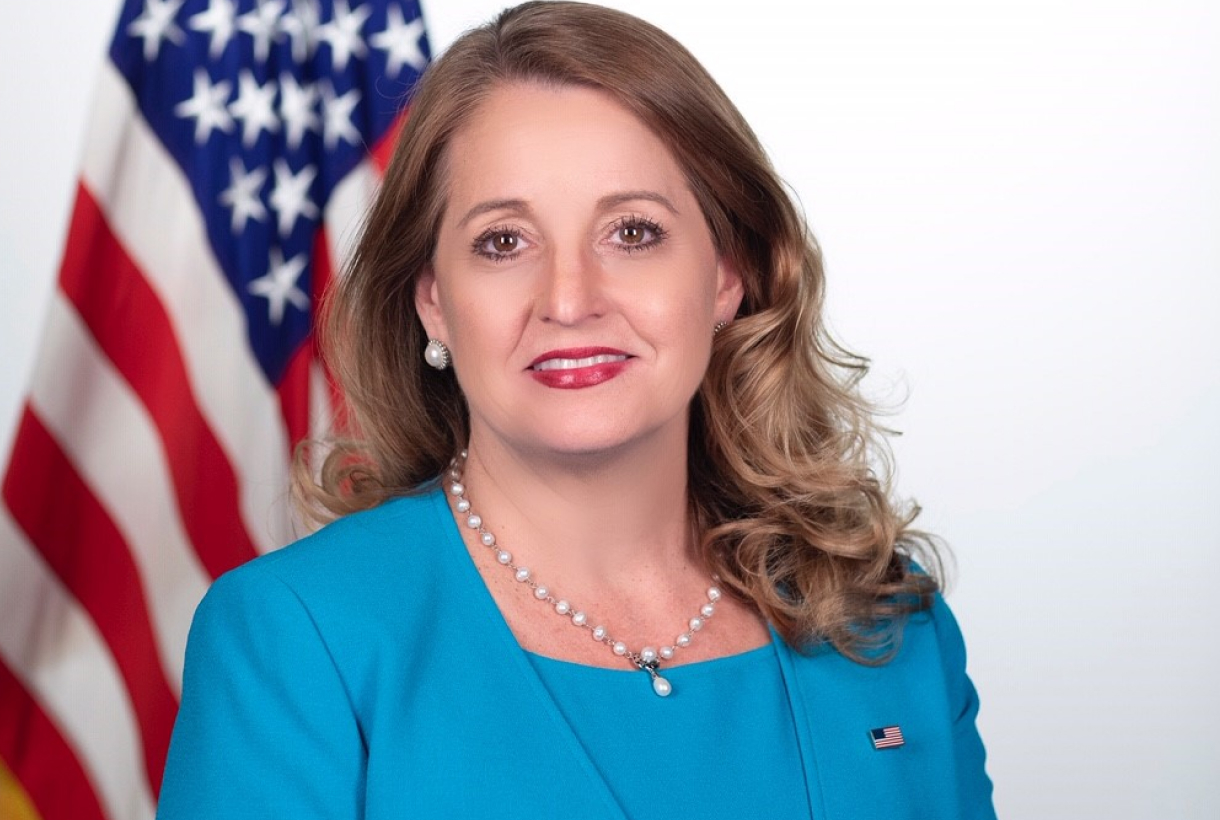We’re in a historic time. People across the world have faced a large number of simultaneous challenges, from a pandemic to multiple major storms and other critical events.
Yet, we’ve also been given an extraordinary opportunity to leap forward with technology and digital capabilities because of the adversity we have endured. One important outcome of the pandemic is an expansion of the use of digital services and data sharing that has changed how we live, work and shop.
Our challenge now is not to just create more innovative technology but to improve how we apply it. Our goal should be to improve lives, save lives and support our economy. Improving how we use data and analytical tools is critical to our future in every aspect of life. Demand for the use of AI and machine learning to deal with the unexpected, anticipate potential risks and forecast future actions will only continue to grow.
If we want to build resiliency, there are three areas, or pillars, where we must focus. First, we must make a commitment to responsible, intentional use of technology to improve people’s lives and well-being. Second, we have to seize this unprecedented opportunity to change the dynamics of human-technology interactions. And last, we must actively build trust in data.
1. The Responsible, Intentional Use of Technology
There are events we can be certain will happen in the future, and organizations can lay the foundation for managing those events now. And then there are completely unexpected situations that require us to use quick thinking, tested processes, available tools and leadership to address.
For instance, we expect Mother Nature to present us with extreme or severe weather. With Hurricane Maria, weather data enabled us to pinpoint where the storm would strike within two miles. The information was shared to prevent loss of life, put ambulances in the right places and know where first responders needed to be for road flooding.
But what if we think past risk management to recovery? If I know there’s a high probability of buildings flooding or incurring other structural damages during a severe weather event, how do you ensure your organization has a list of service providers at the ready and a plan in place for contacting them? What are some of the things you can do to recover faster?
Disruption is about not only managing through the event but looking forward. AI and machine learning can help us rapidly intake massive amounts of information to formulate options for quick responses. We should expect disruption, but we should aim to manage through it by using advanced tools and the broadest spectrum of data we can access to empower decision-making and planning.
2. The Changing Dynamics of Human-Technology Interactions
We've all experienced the pandemic together, but the duration of this event also drove new behaviors. People were forced to buy groceries online for the first time. Six-year-olds attended virtual school. And the pandemic shined a light on processes, like unemployment and vaccine distribution, that require collaborative technology across federal and state government and industry.
My own mother has said to me, "I hope I never have to go inside a grocery store again. I love ordering everything online." She's afraid they may take that service away. That's a simple example of how automation and digital solutions can deliver better experiences, more professional interactions and are more reliable in keeping people safe.
When you succeed at delivering higher quality interactions – better, faster and easier – you also alter the nature of future human-technology interactions.
3. Building Trust in a Digital World
Data sharing was expanded as we responded to COVID. But we also saw breakdowns in processes between state and local government. At the same time, we experienced an election cycle where there was a lot of disinformation. Pervasive occurrences of identity theft, phishing attempts, cybersecurity threats and known malicious intent have created even more distrust of information coming through digital communications channels.
The collective impact has put our overall population in a place where they question the data. They wonder: "Who's sending me this? Can I trust it? Do I trust what I'm being asked to do?"
This is an important element of the trust equation: knowing who the data comes from and the integrity with which they are acting.
For instance, in Chickasaw County, Mississippi, there was an industrial fire in a building housing two million pounds of polyfoam. The flames from that fire generated a tremendous amount of heavy black smoke. Using OnSolve, the Director of the Chickasaw County Emergency Management Agency was able to quickly alert citizens that the fire was under control and further give instructions about turning off air conditioning, closing windows and other actions to avoid inhaling the smoke. By sending clear and informative messages, people were prepared to take protective actions and misinformation was managed.
When you’re sharing emergency information with citizens, they have to know two things:
- Reliable data is being used.
- The messages and suggested actions are coming from a source they trust and believe is acting in their best interest.
What builds that trusted relationship? A commitment to mission, staying true to your brand and shared successes with employees and customers. By combining powerful technology with trust and purpose, we can build the future we want – a future where we realize better business outcomes and improve the lives of the people we serve.
Learn how AI-enabled Critical Event Management (CEM) can help you successfully manage any disruption, at any time.
Suzette Kent is the former Federal Chief Information Officer of the United States. She delivered the keynote address at the OnSolve Nexus 2021 conference in April.

